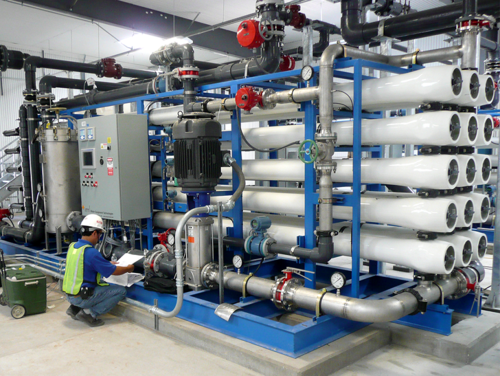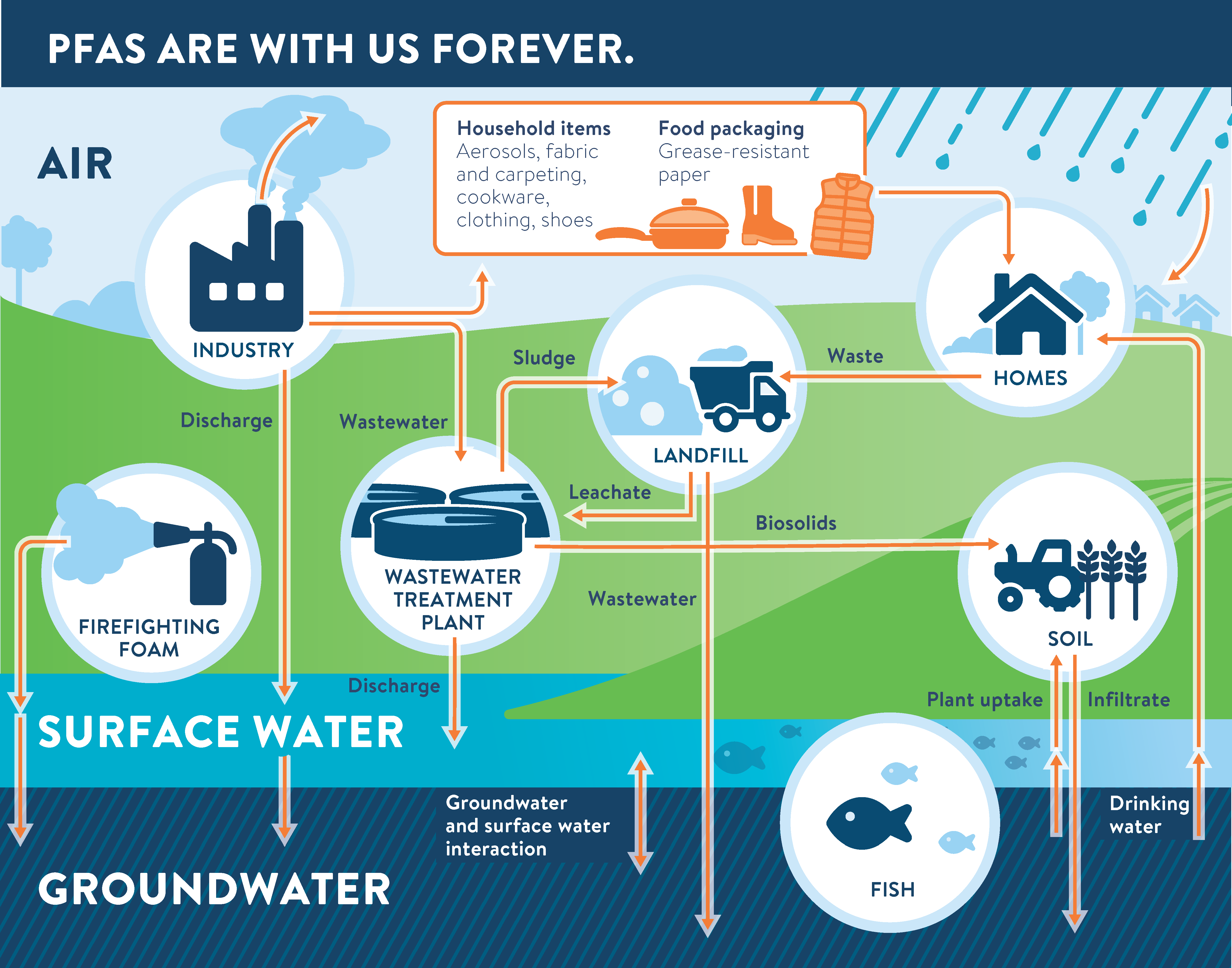Your Guide to PFAS Therapy Technologies and Benefits
The prevalence of PFAS contamination in water sources demands an extensive understanding of readily available treatment innovations. Each modern technology not just targets particular PFAS compounds yet additionally plays an essential function in boosting overall water quality and securing ecological honesty.
Understanding PFAS Contamination
Understanding PFAS contamination is vital for resolving its prevalent impact on environmental and human health and wellness (m270 pfas treatment). Per- and polyfluoroalkyl materials (PFAS) are a team of synthetic chemicals widely utilized in various industrial and customer items due to their water- and grease-resistant buildings. Commonly discovered in firefighting foams, non-stick pots and pans, and water-repellent textiles, PFAS have actually gotten in the setting via production procedures, wastewater discharges, and seeping from land fills
As soon as launched, these compounds persist in the environment, leading to widespread contamination of dirt and water resources. Their special chemical framework, defined by strong carbon-fluorine bonds, renders them immune to destruction, causing a sensation referred to as "forever chemicals." Consequently, PFAS can gather in the body and the food cycle, potentially causing damaging wellness impacts, consisting of body immune system disturbance, developing problems, and a boosted danger of certain cancers.
Regulative companies and wellness organizations are increasingly recognizing the importance of PFAS contamination, prompting initiatives to keep an eye on, analyze, and reduce its results. Comprehending the pathways of PFAS contamination is crucial for notifying public policy and establishing effective methods to protect both environmental and human wellness.
Summary of Therapy Technologies
Various therapy innovations have been established to resolve the challenges presented by PFAS contamination in water and soil. These innovations can be generally classified right into numerous categories, each with its special mechanisms and efficiency in getting rid of PFAS substances.
One popular technique is ion exchange, which utilizes resin products to record and remove PFAS from polluted water. This approach is particularly effective for short-chain PFAS and can accomplish considerable decreases in concentration degrees. An additional innovation, advanced oxidation processes (AOPs), utilizes strong oxidants and ultraviolet light to damage down PFAS right into much less harmful substances. AOPs are appropriate for treating a vast array of PFAS substances however might need cautious optimization to optimize efficiency.

Triggered Carbon Purification
Turned on carbon filtering is a commonly used technique for the elimination of PFAS from polluted water, understood for its capability to adsorb a wide series of natural substances. This modern technology uses turned on carbon, an extremely permeable product with a considerable surface, which promotes the binding of PFAS particles via physical adsorption. The performance of turned on carbon in getting rid of PFAS is affected by several factors, consisting of the kind of carbon used, the contact time, and the concentration of PFAS in the water.
One of the advantages of triggered carbon purification is its versatility; it can be implemented in different setups, such as granular turned on carbon (GAC) systems or powdered turned on carbon (SPECIAL-INTEREST GROUP) systems. GAC systems are commonly employed in larger-scale applications, while PAC can be made use of in smaller or temporary arrangements. The technology is reasonably simple to operate and keep, making it available for many pfas treatment water therapy facilities.

Ion Exchange Solution
Ion exchange systems represent one more effective method for the elimination of PFAS from infected water, enhancing approaches like triggered carbon filtering. These systems operate the principle of exchanging ions in the water with ions hung on a resin product. Ion exchange resins can be particularly formulated to target the negatively charged PFAS substances, effectively capturing them and enabling cleaner water to travel through.
Among the primary advantages of ion exchange systems is their capability to remove a variety of PFAS, including both long-chain and short-chain versions. This flexibility makes them ideal for various applications, ranging from municipal water treatment to commercial procedures. Additionally, ion exchange systems can usually achieve reduced discovery limitations for PFAS contrasted to a few other therapy methods, therefore boosting water quality.
Nevertheless, it is important to check and handle the regeneration of ion exchange media, as the performance can decrease with time due to saturation. Correct maintenance and substitute of the resin are critical for maintaining the system's effectiveness. Generally, ion exchange systems provide a trusted and effective remedy for PFAS removal, contributing substantially to secure drinking water standards and environmental management.
Advanced Oxidation Processes
Advanced Oxidation Processes (AOPs) use effective oxidants to efficiently degrade PFAS substances in contaminated water. These cutting-edge treatment techniques create very responsive varieties, such as hydroxyl radicals, that can break down complex PFAS molecules right into less unsafe byproducts. m270 pfas treatment. AOPs normally use useful source mixes of ultraviolet (UV) light, ozone, hydrogen peroxide, or Fenton's reagent, enhancing the oxidation potential and improving deterioration effectiveness
The main benefit of AOPs depends on their ability to target a broad variety of PFAS substances, including both long-chain and short-chain versions. This versatility is important, as PFAS contamination commonly includes mixes of different compounds with varying chemical structures. Additionally, AOPs can be integrated right into existing water therapy systems, making them a practical solution for several districts and sectors.
Nonetheless, the execution of AOPs can be resource-intensive, needing cautious consideration of operational costs and energy consumption. Additionally, while AOPs work in breaking down PFAS, they may not completely get rid of all byproducts, requiring additional therapy steps - m270 pfas treatment. Overall, AOPs stand for an appealing avenue for resolving PFAS contamination, adding to cleaner water resources and boosted public health defense

Conclusion
In conclusion, resolving PFAS contamination calls for a detailed understanding of offered treatment technologies. Activated carbon purification, ion exchange systems, and progressed oxidation processes each present one-of-a-kind benefits for successfully eliminating these dangerous compounds from water sources. By selecting the suitable technology, communities can boost water quality, protect public wellness, and minimize the ecological dangers related to PFAS exposure. Proceeded research study and application of these methods are essential for effective monitoring Read Full Report of PFAS contamination in influenced locations.